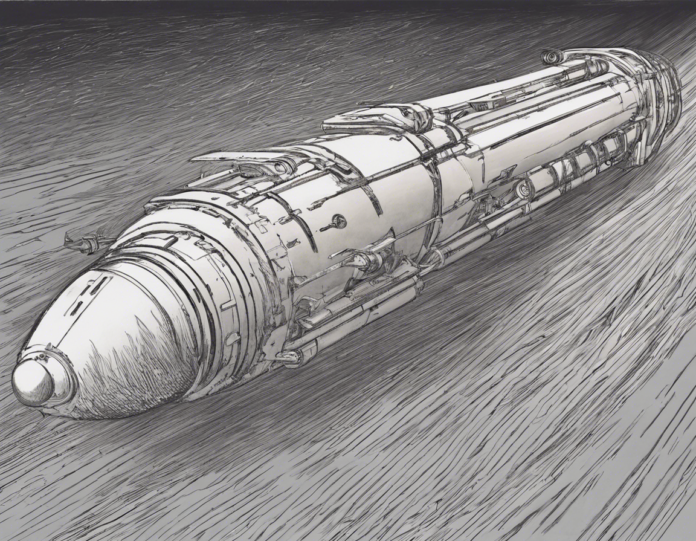When it comes to understanding the distance an object can travel at a velocity of 100m/s, various factors come into play. The distance an object can travel in a specific amount of time is determined by its speed and the time it maintains that speed. In this scenario, we will calculate how far an object can travel in one second at a speed of 100m/s.
To calculate the distance traveled by an object at a constant speed, we can use the formula:
[ \text{Distance} = \text{Speed} \times \text{Time} ]
Given that the speed is 100m/s and the time is 1 second:
[ \text{Distance} = 100m/s \times 1s = 100m ]
Therefore, an object traveling at a speed of 100m/s will travel 100 meters in one second.
If we want to calculate the distance traveled over a longer period of time, such as 1 minute or 1 hour, we can simply multiply the speed by the respective number of seconds in those time intervals.
- For 1 minute (60 seconds): 100m/s x 60s = 6000 meters (6 kilometers)
- For 1 hour (3600 seconds): 100m/s x 3600s = 360,000 meters (360 kilometers)
This demonstrates that at a speed of 100m/s, an object can cover significant distances in short periods.
Factors Affecting the Distance Travelled at 100m/s
Several factors can influence the distance an object can travel at a velocity of 100m/s:
-
Air Resistance: Objects moving at high speeds can experience significant air resistance, which can reduce the overall distance traveled.
-
Friction: Friction between the object and the surface it is traveling on can also affect the distance traveled.
-
Inclined Surfaces: The angle of the surface the object is traveling on can impact the distance traveled at a particular speed.
-
External Forces: Forces acting upon the object, such as gravity or added propulsion, can alter the distance covered.
Scenarios of Objects Traveling at 100m/s
Let’s explore some common scenarios where objects might travel at a speed of 100m/s:
-
High-Speed Trains: Some high-speed trains can reach speeds of around 300 km/h, which is approximately 83 m/s. However, for the sake of this discussion, we can consider a slightly higher speed of 100m/s for certain high-speed trains.
-
Velociraptors: Velociraptors, known for their speed and agility, are estimated to have run at speeds up to 60 km/h (16.7 m/s). While not quite reaching 100m/s, this example showcases the speed potential of biological entities.
-
Speeding Bullets: Depending on the type of firearm, bullets can travel at speeds ranging from 300 m/s to over 1,200 m/s. At 100m/s, the object would cover a significant distance before deceleration.
-
Velocity in Space: Objects traveling through space can achieve speeds far surpassing 100m/s. Satellites, for instance, can orbit the Earth at speeds exceeding 27,000 km/h (7.5 km/s).
Conclusion
In conclusion, the distance an object can travel at a speed of 100m/s depends on various factors and calculations. Understanding the relationship between speed, time, and distance is crucial in determining how far an object can travel. From trains to bullets to celestial bodies, speed plays a fundamental role in the movement of objects in our world and beyond.
Frequently Asked Questions (FAQs)
-
What is the significance of stating speed in meters per second?
-
Answer: Meters per second is a standard unit of speed used in the International System of Units (SI) and provides a tangible measure of how far an object travels in one second.
-
How does acceleration impact the distance traveled at a constant speed of 100m/s?
-
Answer: Acceleration alters the velocity of an object, therefore impacting the distance traveled over time. At a constant speed of 100m/s, acceleration does not change the distance covered.
-
Can an object maintain a speed of 100m/s indefinitely?
-
Answer: In theoretical terms, an object can maintain a constant speed of 100m/s indefinitely if no external forces act upon it.
-
What safety measures are necessary when dealing with objects moving at 100m/s?
-
Answer: Ensuring proper barriers, warning systems, and structural integrity are crucial when dealing with objects moving at high speeds like 100m/s to prevent accidents.
-
How does surface type affect the distance covered at 100m/s?
-
Answer: Smoother surfaces with less friction allow objects to travel farther at a speed of 100m/s compared to rough surfaces that may cause deceleration sooner.

